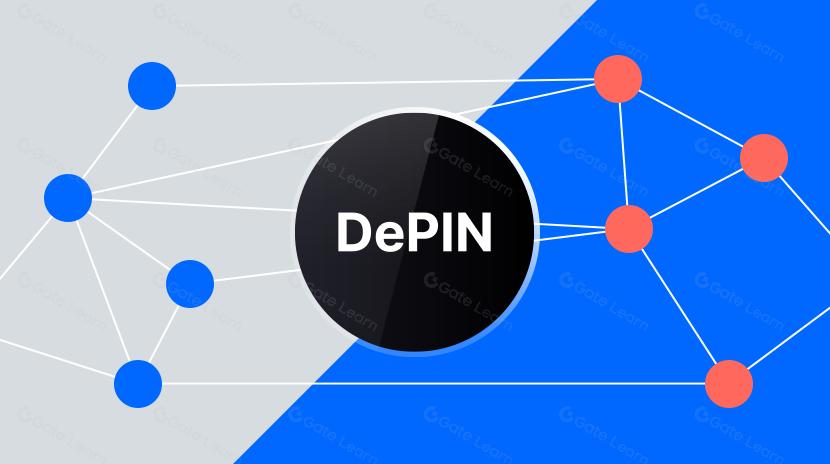Decentralized Physical Infrastructure Networks—abbreviated DePIN for short—are popular: The equivalent of Amazon Web Services for cryptocurrencies, Filecoin (CRYPTO: FIL), is up 40% this week.
So what is DePIN, and is this the next big story in cryptocurrency?
What’s a DePIN?
“The next big frontier,” “a hot narrative for the bull run,” and “shaking up the crypto world” are some of the descriptions given to DePIN.
The beginning of 2023 saw the publication of a 53-page “State of DePIN” presentation by renowned crypto analytics company Messari. The article refers to DePIN as the “first-order correct way to scale global infrastructure.”
Through the use of public blockchain incentives, decentralized physical infrastructure networks effectively manage the construction and maintenance of vital infrastructure, including wireless networks, computers, artificial intelligence (AI), electricity, sensors, and services.
There are currently over 650 active DePIN projects with a market valuation of more than 20 billion and recurring revenue of more than 15 million per year, according to the Messari research.
Rather than encouraging speculation, DePINs seek to generate income through utility. Almost $1 billion has been invested in DePIN projects such as Filecoin by the leading crypto venture capital firms combined. But can these great expectations actually be met by DePIN?
The Workings of DePIN (And Its Problem)
By offering network resources and services to users, developers, and agents, DePIN networks create onchain revenue. Users purchase and lock (or burn) tokens in exchange for goods, services, or commodities to generate onchain revenue.
The most progress, for example, has been made by Filecoin in integrating real-world web2 data storage. In 2023, it also introduced a virtual machine to facilitate computation over data that has been saved; however, usage has not yet expanded beyond common crypto use cases.
The announcement that Filecoin would house the Solana (CRYPTO: SOL) blockchain’s history sparked a 40% price surge.
However, established providers like Cloudflare, who already gain from significant network effects from their sizable user base and free services, pose a serious threat to DePIN.
The primary issue with DePIN is that market capitalizations far exceed the revenue amounts that procedures report.
Tokenterminal reports that Filecoin—possibly the greatest success story of DePIN—earned a total of $23.8 million in fees. In contrast, the protocol has a $2.9 billion market capitalization.
Why Is DePIN Not the Latest Crypto Trend?
It’s not a novel concept in the crypto world that fundamentals fall short of valuations.
DePIN’s usefulness and appeal have been greatly exaggerated, according to critics like Liron Shapira. However, it does not follow that values cannot rise much.
“Depin maxi” On X, Slothquant notes that while Filecoin’s market value is 63% below its peak, its price is 95% below its peak. This is due to the fact that many more tokens have been unlocked since the previous DePIN run.
The excitement around AI may also help DePIN, since GPUs and other AI-related infrastructure are seeing speculative bids. A project centered on GPU cloud computing called Render (CRYPTO: RNDR) is evidence of this: Using data from CoinGecko, it is up 91% for the week. Speculators might discover, in other words, that DePIN is not the new AWS storage. It need not, however, result in a value increase when regular investors rejoin the market.








